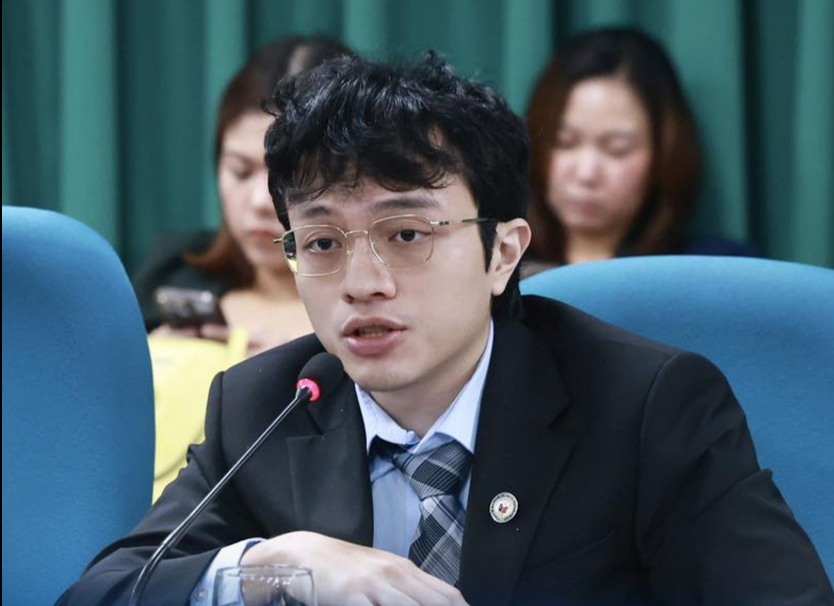What perplexes Filipino farmers is this creature called Republic Act No. 12078, which triples the so-called Rice Competitiveness Enhancement Fund (RCEF) to P30 billion annually and its extension to 2031. This is a scam as worse as Republic Act No. 11203 or the Rice Tariffication Law (RTL), which liberalized rice importations to generate the RCEF, which would bankroll the rice industry’s mechanization and modernization.
RTL can only generate huge tariffs by letting traders run wild, importing rice without control, and killing any chance for Filipino farmers to maintain their market share. By allowing importers to control the staple volume, the law stripped the state of its mandate to ensure the welfare of the people and guarantee affordable rice in the pantry. On this score alone, RTL is subversive of the government’s constitutional duty to protect consumers and rice farmers. Moreover, those who masterminded the RTL did not do their math. With RA 12078, which took effect on, of all days, Christmas, how big must the rice importations be?
The Marcos administration’s focus on RCEF’s allocation—P6 billion for seeds, P9 billion for mechanization, and P15 billion for training and infrastructure— provides another opportunity for graft, just as the purported safety nets for farmers when the Philippines acceded to the General Agreement on Tariffs and Trade-World Trade Organization (GATT-WTO) simply evaporated decades ago. The Kilusang Magbubukid ng Pilipinas (KMP) argues that the best gift the Marcos Jr. administration could have given to Filipino farmers is to scuttle RTL and send RA 12078 to the grave. Malacanang and Congress never thought about that and they are still dreaming that their math is correct. You cannot mechanize or modernize the farm sector by killing it and pauperizing up to 25% of the entire Philippine population.
The government is bureaucratizing the problem. Give farmers fertilizers, cheaper fuel, debt relief, better irrigation services, and guaranteed procurement of their harvest at fair prices and they will produce higher volumes of palay. Why the heck would you need RTL? And why not boost palay output using hundreds of palay varieties developed by farmers themselves and those produced by PhilRice? The trouble with the Department of Agriculture (DA) is that it has not studied the rice industry thoroughly to understand that the pre-and post-harvest palay losses are higher than the rice deficit, which for the past 20 years had never exceeded 7.5%. Think of your ancient milling equipment, too. Yet, many areas in the country enjoy higher yields, with one area reporting three harvests in one year. An enterprising farmer in Central Luzon even produces “basmati” rice for the Indian community.
If the P30-billion RCEF were to be generated from rice tariffs alone, Filipino farmers might as well contemplate shifting to other crops. Unlimited rice importations are the disincentives to domestic rice production. Importing subsidized rice from Pakistan, India, Thailand, Vietnam, and other countries militates against Filipino farmers who do not enjoy subsidies, which is taboo among neoliberal economists and the adherents of free market gobbledygook. The RCEF seed, mechanization, and training programs will certainly be a repeat of hundreds of failed DA programs. KMP said funneling billions of pesos to these programs in the past five years under RTL led to nowhere. With RA 12078, the Marcos Jr. administration will achieve the same dubious results.
The amendments also further choke the mandate of the National Food Authority (NFA), limiting its role to emergency buffer stocking while cutting the reserve period from three months to two. “This not only jeopardizes food security but also sidelines the NFA’s critical function of stabilizing rice prices and ensuring a steady market for farmers’ produce. The Marcos Jr. administration’s much-touted Rice-for-All is another empty promise, as it prioritizes optics over substantive support for both farmers and consumers,” KMP explained. One reason why the government’s rice policy has gone haywire is its bullheadedness in maintaining that the only solution to rice “shortages” is unbridled importation. It is hightime that the rice importers who have been hoarding supplies be punished. But some are really more equal than others, especially when they are favored parties.
December 2024 may as well be termed as the “massacre month” for farmers as Congress passed a bill that extended land leases to foreigners to 99 years, and this may well cover not only private agricultural lands (PALs) but also the farms distributed to landless tenants and farm workers under the Comprehensive Agrarian Reform Program (CARP.) This comes at a time when 90% of farmers have not benefited from CARP and reportedly, only 41% of PALs have been distributed. Agrarian reform actually never advanced from 1972 until 1986, and land distribution was dismal. Since 2022, the distribution rate suffered, mirroring the inefficient implementation of CARP under the unlamented Rodrigo Duterte regime from 2016 to 2022. These three regimes practically crippled agrarian reform and stunted palay production.
KMP also reiterated its call for genuine agrarian reform and pro-farmer agricultural policies. “We demand the immediate repeal of the RTL and the reallocation of funds toward comprehensive production subsidies and compensation for farmers. Filipino rice farmers are more than capable of feeding the nation if provided with adequate support, fair prices, and protection from unfair trade practices.” It added that its firmly opposes neoliberal policies that prioritize corporate profit over farmers’ livelihoods and food security.




